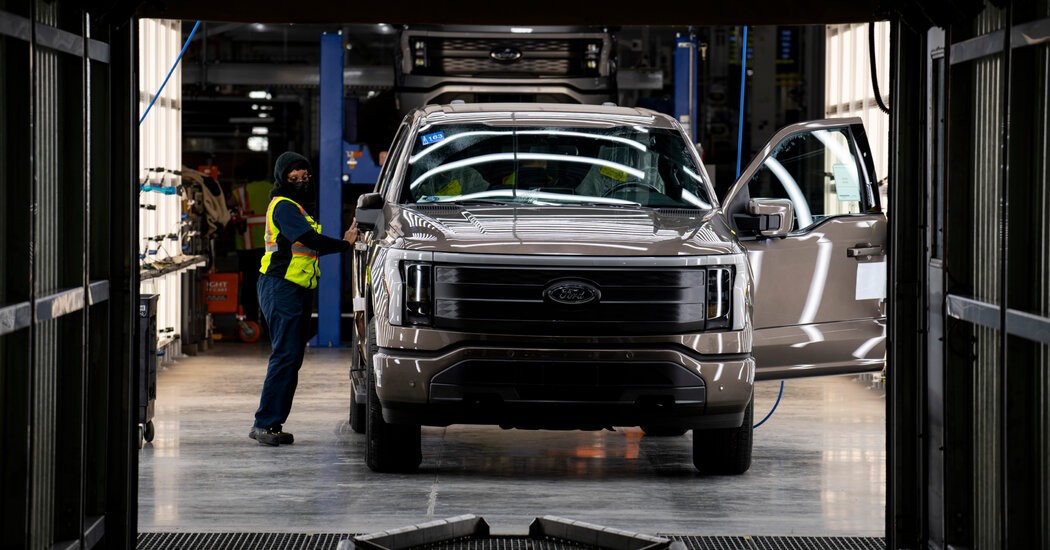The electric vehicle (EV) market is undergoing a significant correction, with sales of high-end models like the Ford F-150 Lightning and Tesla Model S slowing dramatically. This shift comes after the elimination of federal tax credits for EV purchases at the end of September, a policy change that has disproportionately impacted expensive vehicles.
For years, luxury EVs dominated the market, appealing to early adopters and those willing to pay a premium for cutting-edge technology. However, the removal of subsidies has made these vehicles less attractive to a broader range of consumers. The Ford F-150 Lightning, priced between $55,000 and $85,000, is now facing an uncertain future, with production halted indefinitely.
The trend reflects a broader consumer shift toward more affordable EV options. Sales of lower-priced models, such as the Chevrolet Equinox and Hyundai Ioniq 5 (starting around $35,000), are gaining traction. This suggests that the primary driver for many EV buyers is not necessarily luxury or performance, but rather cost savings and environmental considerations.
“When the subsidy went away, the higher-dollar vehicles really began to slow down,” notes Tim Hovik, a Ford dealership owner. His experience underscores the importance of government incentives in shaping consumer behavior in the EV market.
The shift also raises questions about the long-term viability of luxury EV brands. If sales continue to decline, manufacturers may be forced to adjust pricing strategies or focus on more affordable models to remain competitive.
The current market correction highlights a critical lesson: EV adoption is not solely driven by technological advancement or environmental awareness. Price sensitivity remains a major factor, and government policies can significantly influence consumer demand. The future of the EV market will likely depend on manufacturers’ ability to adapt to changing consumer preferences and navigate evolving regulatory landscapes.
The market is now prioritizing affordability over luxury, signaling a fundamental shift in the EV landscape. This correction is likely to reshape the industry, forcing manufacturers to re-evaluate their strategies and prioritize accessible pricing to maintain growth























